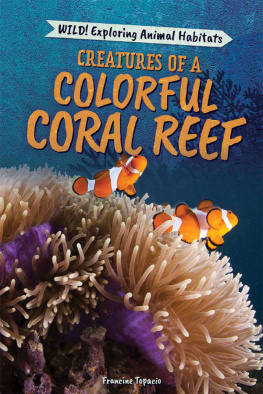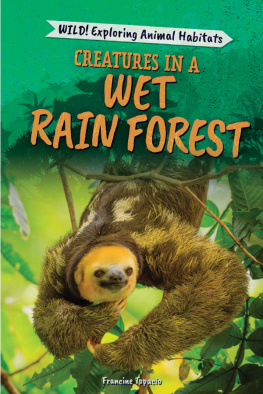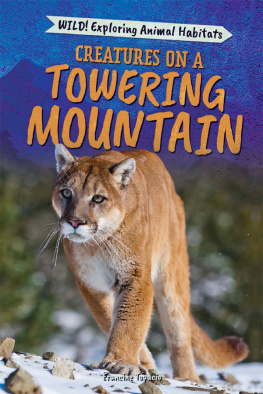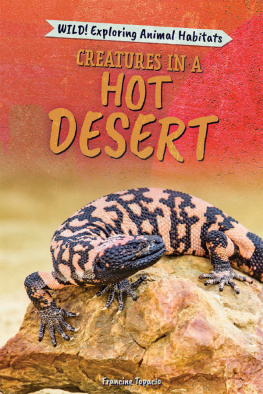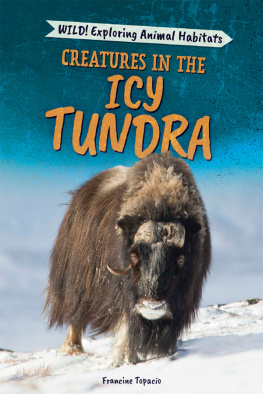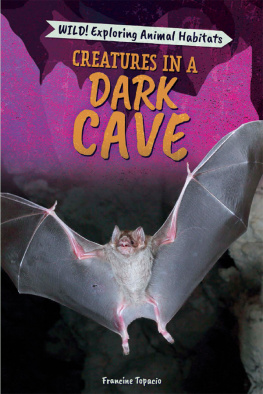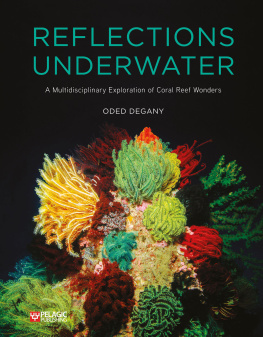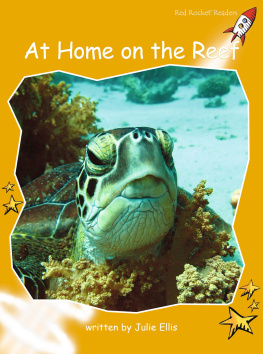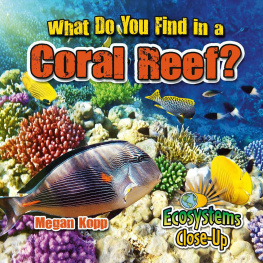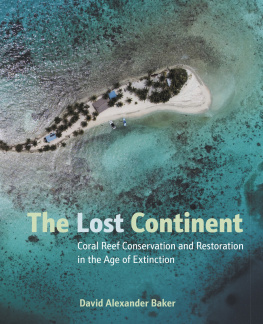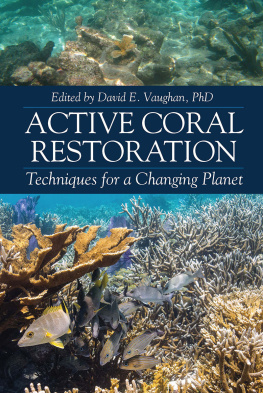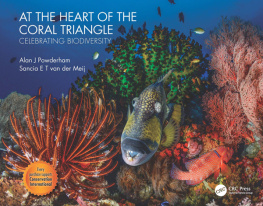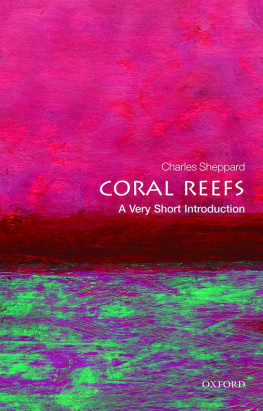Published in 2020 by The Rosen Publishing Group, Inc.
29 East 21st Street, New York, NY 10010
Copyright 2020 by The Rosen Publishing Group, Inc.
All rights reserved. No part of this book may be reproduced in any form without permission in writing from the publisher, except by a reviewer.
Copyright 2011; revised edition 2020
Editor: Elizabeth Krajnik
Book Design: Reann Nye
Photo Credits: Cover martin_hristov/Shutterstock.com; Series Art Nechayka/ Shutterstock.com; p. 5 optionm/Shutterstock.com; p. 6 Chris Holman/Shutterstock. com; p. 7 Pawe? Borwka/Shutterstock.com; p. 9 Tom Goaz/Shutterstock.com; p. 10 Damsea/Shutterstock.com; p. 11 _548901005677/Moment/Getty Images; p. 12 JonMilnes/Shutterstock.com; p. 13 DiveIvanov/Shutterstock.com; p. 14 Georgette Douwma/DigitalVision/Getty Images; p. 15 Kristina Vackova/ Shutterstock.com; p. 16 Kerstin Meyer/Moment/Getty Images; p. 17 Andrea Izzotti/Shuttertock.com; p. 19 Rich Carey/Shutterstock.com; p. 20 Stephen Frink/Image Source/Getty Images; p. 21 Chris Holman/Shutterstock.com; p. 22 divedog/Shutterstock.com.
Cataloging-in-Publication Data
Names: Topacio, Francine.
Title: Creatures of a colorful coral reef / Francine Topacio.
Description: New York : PowerKids Press, 2020. | Series:Wild! exploring animal habitats | Includes glossary and index.
Identifiers: ISBN 9781725304444 (pbk.) | ISBN 9781725304468 (library bound) | ISBN 9781725304451 (6 pack)
Subjects: LCSH: Coral reef ecology--Juvenile literature. | Coral reef animals--Juvenile literature.
Classification: LCC QH541.5.C7 T67 2020 | DDC 577.789--dc23
Manufactured in the United States of America
CPSIA Compliance Information: Batch #CSPK19. For Further Information contact Rosen Publishing, New York, New York at 1-800-237-9932.
CORAL BASICS
What is coral? Is it a plant? An animal? A rock? Coral is an animal that sticks to the ocean floor. Even though corals may look like rocks or plants, theyre animals and cant make their own food. They have tentacles that catch their food and put it into their mouth.
A single coral animal is called a polyp. Polyps have soft bodies and make a hard outer skeleton that holds them to rocks or the skeletons of other dead polyps.Some species, or kinds, of corals grow and die on top of other dead coral polyps. All these corals build the base of coral reefs.
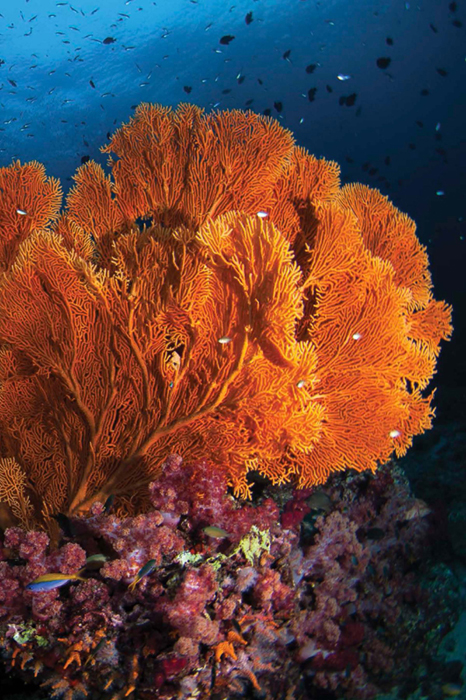
Corals come in all shapes, sizes, and colors and grow in warm and cool waters. Hard corals build reefs. Soft corals, such as sea fans, dont build reefs.
BUILDING REEFS
Coral polyps that grow close together form a colony. As they live and die, their skeletons build up. Over time, large, rocky places called coral reefs form. Some of the biggest coral reefs are thousands of years old.
Coral polyps have a tiny alga living inside them. The alga has shelter and feeds on the corals waste. The coral, in turn, feeds on the alga.
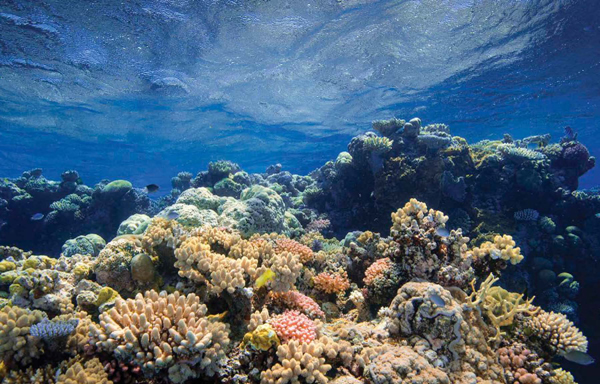
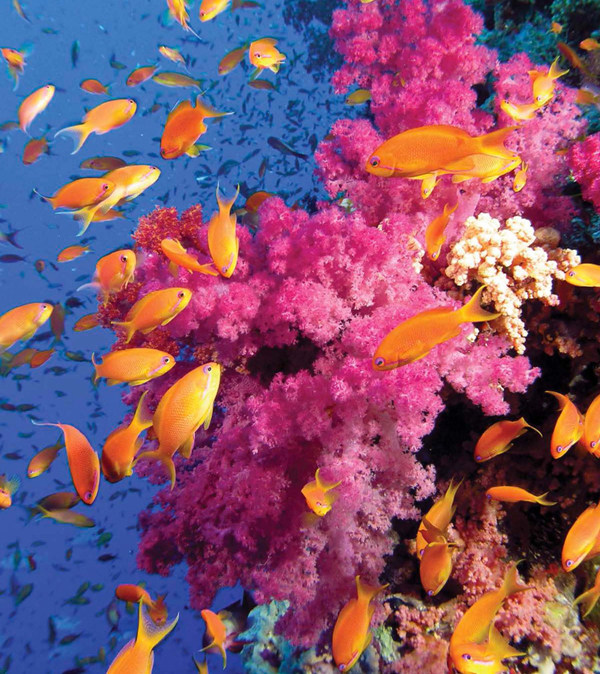
More animals live on or near coral reefs than in any other part of the ocean.
Coral reefs are often called the rain forests of the sea. Plants and animals live on reefs, visit reefs to find food, and use reefs to hide from predators. Some animals even eat coral polyps.
AT HOME ON THE REEF
Coral reefs are most often found in clear tropical oceans. Some animals make their homes on a reef and never leave it. Live polyps, sea anemones, and sponges live on coral reefs around the world. Sea anemones are large polyps and are closely related to coral. They are often brightly colored. However, they have poisonous stinging tentacles.
Sea sponges have lived on Earth for millions of years. They keep ocean habitats working well. Even though sponges are very simple animals, they have an important job. They take in and clean ocean wateralmost 400 gallons (1,500 L) a day!
Creature Corner
Sea sponges are home to other organisms. Fish, sea stars, and other animals need sponges to find food, rest, lay eggs, and may even eat the sponge.
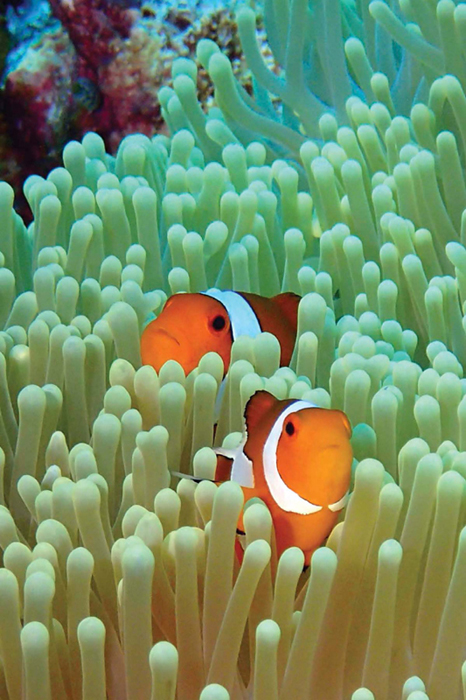
Sea anemones have a special relationship with clownfish. The anemone keeps the clownfish safe from predators. The clownfish leaves behind food for the anemone to eat.
SEA STARS
Echinoderms are invertebrates, or animals that dont have backbones, that live in the ocean. They get their name from their hard, spiny skin. Most echinoderms are round with five symmetrical parts. They have many tiny feet with suckers on them to help the animals move. Sea stars are echinoderms.
Creature Corner
Sea stars belong to the class Asteroidea. There are about 1,600 species of sea stars living today. Many species are about 8 to 12 inches (20 to 30 cm) across.
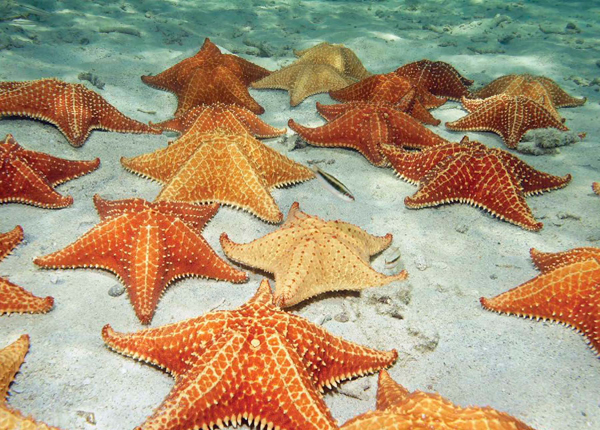

Sea stars usually have five arms that come from a central disk. The arms and disk are covered with short spines.
Sea stars eat sponges, clams, mussels, and coral polyps. They eat by pushing their stomachs out through their mouths. In the end, the sea star sucks its stomach and the prey back into its body. Sea stars dont have brains or blood. They have been known to grow new arms or even nearly whole new bodies, if needed.
CRUSTACEANS AND MOLLUSKS
Crustaceans are usually found in water. Theyre invertebrates, but have a hard outer covering called an exoskeleton. They have antennae and mouthparts. Crabs, shrimp, and lobsters are crustaceans. Crustaceans can be found in many parts of the ocean, including the sand at the base of coral reefs.
Creature Corner
Scientists have found more than 100,000 species of mollusks. They come in all shapes and sizes. Squid and octopuses are mollusks, too! Their shells are small and on the inside of their bodies.
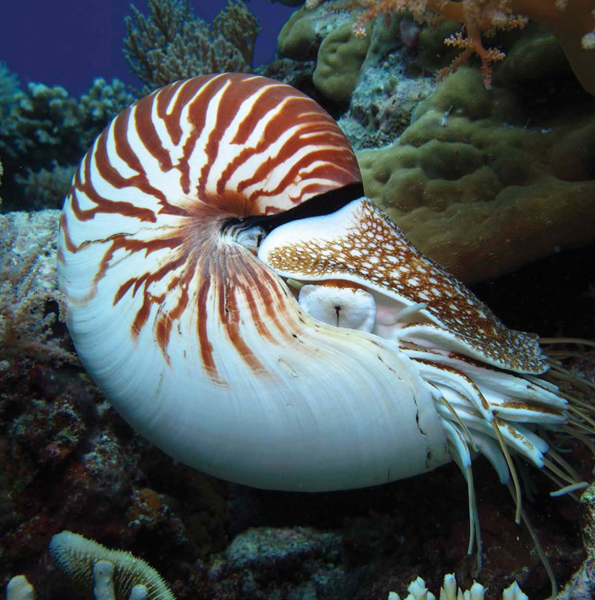
The chambered nautilus is a mollusk that uses tentacles to catch its prey. Other mollusks filter, or take in and clean, the water to get food.
Mollusks are soft-bodied invertebrates. They have hard shells that cover their bodies. Clams, mussels, and oysters are common types of mollusks. They live in all parts of the ocean. In coral reef habitats, they attach themselves to the reef or hide in the sand.

